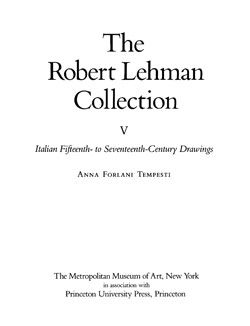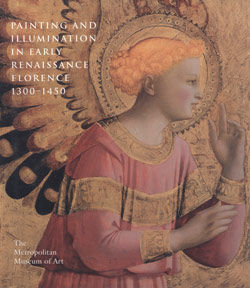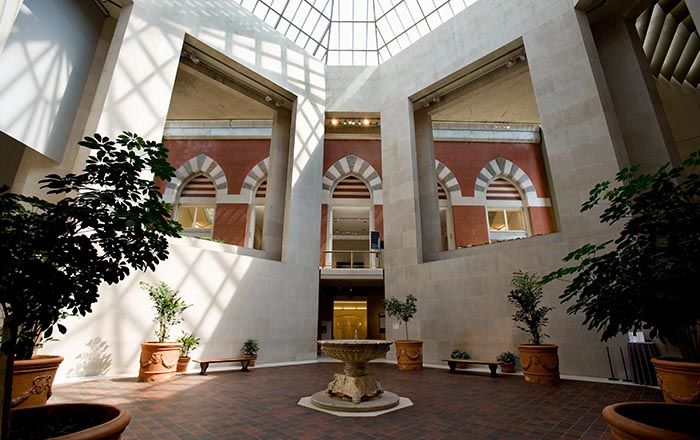Three Virtues (Temperance, Hope, and Fortitude or Justice) and Studies of a Seated Man
Circle of Lorenzo Monaco (Piero di Giovanni) Italian
Not on view
This rare metalpoint drawing has historically been attributed to the preeminent early fifteenth-century Florentine painter Lorenzo Monaco, and considered part of the album of drawings that belonged to the sixteenth-century biographer and artist, Giorgio Vasari. Vasari's writings on Lorenzo Monaco describe a chiaroscuro drawing of theological Virtues made "with such fine design in so beautiful and graceful a style that it may well be better than the drawings of any other master of those times." This is indeed a chiaroscuro drawing depicting three Virtues, and the Roman numerals written at the upper right (in the same ink used to retrace the drapery) suggest that perhaps as early as the sixteenth century this was one of a series of sheets, or a page in a collector's album. Yet the evidence is insufficient to give the drawing to Lorenzo Monaco. More recently, the drawing has been ascribed to contemporary early fourteenth-century Florentine artists such as the Master of the Judgment of Paris, Giovanni dal Ponte, and Gherardo Starnina (Master of the Bambino Vispo). Through white heightening, the artist carefully studied the dramatic play of light upon the rhythmic, cascading folds of drapery. The identification of the three Virtues as Temperance, Hope, and Fortitude (or Justice) has great resonance, given their attributes and gestures. The seated old man, shown in three poses, may depict a prophet.
Due to rights restrictions, this image cannot be enlarged, viewed at full screen, or downloaded.
This artwork is meant to be viewed from right to left. Scroll left to view more.





